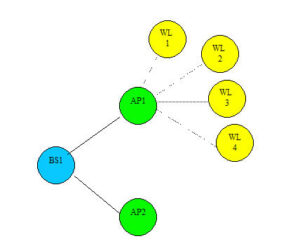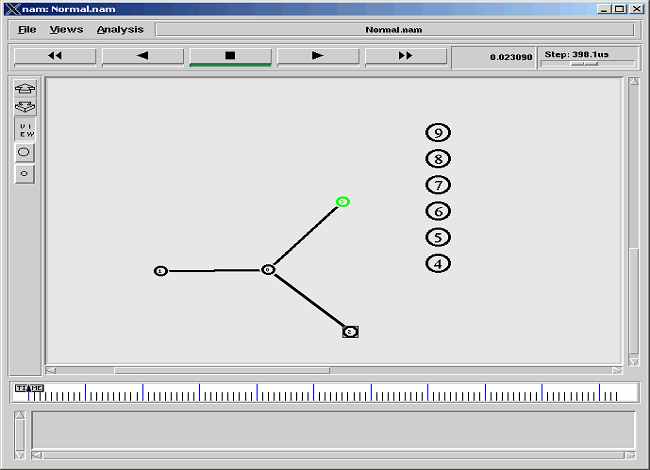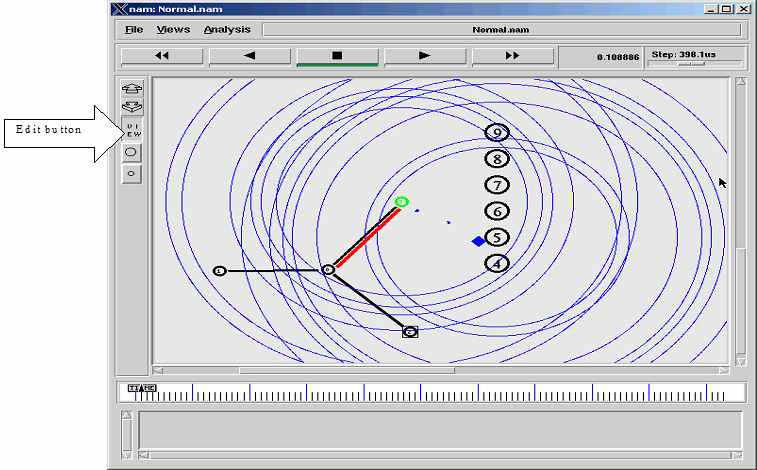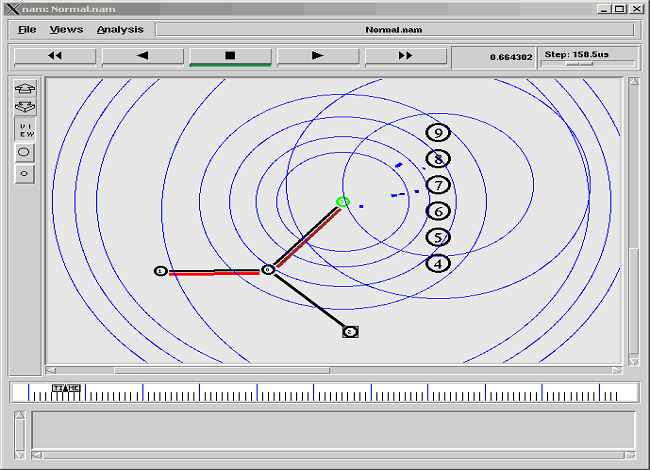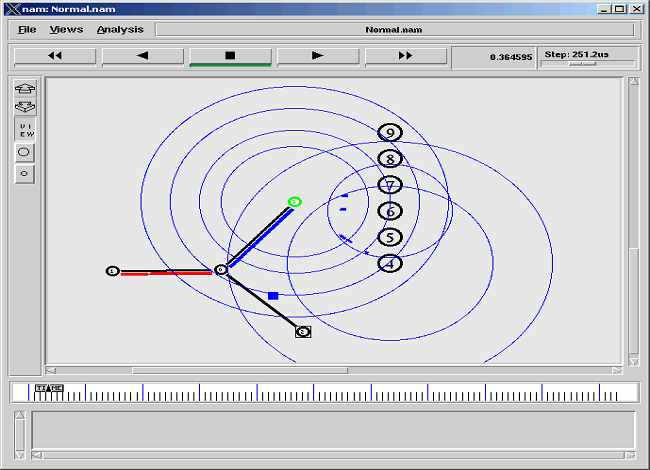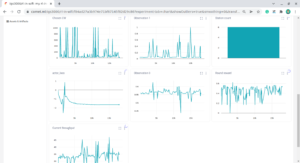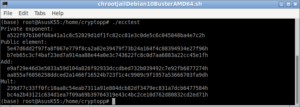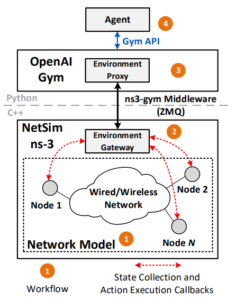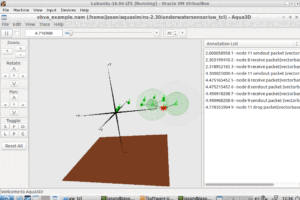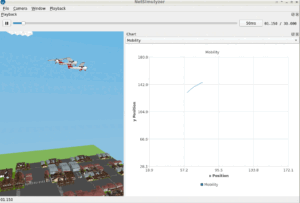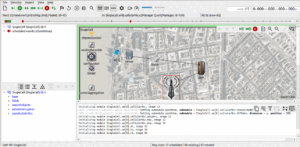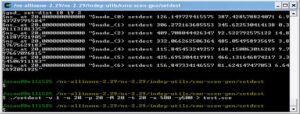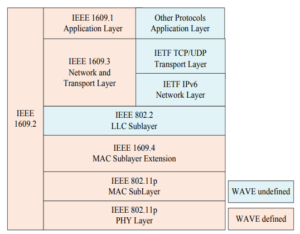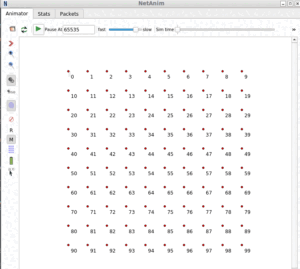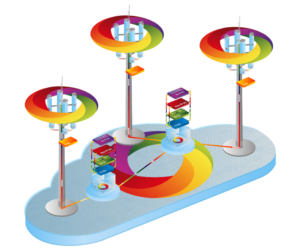Admission control
Admission control is a network Quality of Service (QoS) procedure. Admission control determines how bandwidth and latency are allocated to streams with various requirements. Admission control schemes, therefore, need to be implemented between network edges and core to control the traffic entering the network.
An application that wishes to use the network to transport traffic with QoS must first request a connection, which involves informing the network about the characteristics of the traffic and the QoS required by the application. This information is stored in a traffic contract. The network judges whether it has enough resources available to accept the connection, and then either accepts or rejects the connection request. This is known as Admission Control. Admission Control in ATM networks is known as Connection Admission Control (CAC). In 802.11 networks it is known as Call Admission Control.
Admission control is useful in situations where a certain number of connections (phone conversations, for example) may all share a link, while an even greater number of connections causes significant degradation in all connections to the point of making them all useless. such as in Congestive collapse.
Scenario
A Sample Scenario
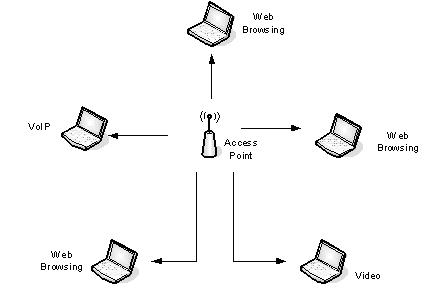
An Example NS2 Simulation Scenario
The above diagram shows the example simulation scenario which will be demonstrated on ns2.
In this scenario, BS1 is the base station to which all the mobile wireless nodes WL2, WL2, WL3 and WL4 were trying to communicate with different kinds of traffic with different priorities.
AP1 and AP2 were the two wireless access points connected with the base station through a wired network.
The main role of 802.11e is the channel access control and the admission control which were the main concerns at the access points.
This example presents a simulation study on IEEE 802.11e new mechanism, designed by the IEEE 802.11 group to enhance the original 802.11 MAC with Quality of Service (QoS). Based on the ns2 platform, a simulation study was conducted using various network configurations and traffic patterns. The results basically prove the effectiveness of MAC service differentiation provided by EDCF and PCF. Furthermore, point out the limitation of 802.11e to support real-time traffic in a Wireless LAN environment.
To evaluate and compare the network performance for EDCF and HCF as in the 802.11e draft using a comprehensive set of well-known traffic patterns with different priorities (to simulate the voice, MPEG, WWW and FTP) and simulation tool (ns2).
Elements of network performance within the scope of QoS include availability (uptime), bandwidth (throughput), latency (delay), and error rate. The result should be generated in graph format. ( eg. Throughput vs nodes).
Nam outputs
In this Scenario,
The Mobile node 4 will communicate at the speed of 100 kb per second
The Mobile node 5 will communicate at the speed of 200 kb per second
The Mobile node 6 will communicate at the speed of 300 kb per second
The Mobile node 7 will communicate at the speed of 400 kb per second
The Mobile node 8 will communicate at the speed of 500 kb per second
The Mobile node 9 will communicate at the speed of 600 kb per second
Important Note : in ns2, while working with wired cum wireless scenario, we have to orient the nodes manually for better visualization. Use the “Edit” button of nam to reposition the nodes as shown in the following figure.
They all will connect to node 1 via the access point node 3.
The Access Point is forwarding the packets.
The Node 1 is receiving the packets
If there will not be a better bandwidth estimation scheme, then throughput will not be good and there will not be better utilization of the channel capacity.

 Discuss Through WhatsApp
Discuss Through WhatsApp